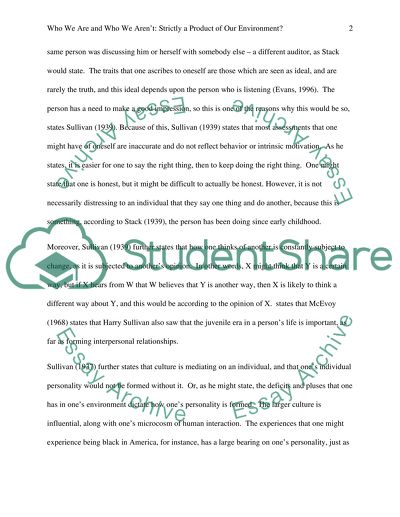Cite this document
(“Harry Sullivan-Interpersonal Theory Research Paper”, n.d.)
Harry Sullivan-Interpersonal Theory Research Paper. Retrieved from https://studentshare.org/psychology/1457846-harry-sullivan-interpersonal-theory
Harry Sullivan-Interpersonal Theory Research Paper. Retrieved from https://studentshare.org/psychology/1457846-harry-sullivan-interpersonal-theory
(Harry Sullivan-Interpersonal Theory Research Paper)
Harry Sullivan-Interpersonal Theory Research Paper. https://studentshare.org/psychology/1457846-harry-sullivan-interpersonal-theory.
Harry Sullivan-Interpersonal Theory Research Paper. https://studentshare.org/psychology/1457846-harry-sullivan-interpersonal-theory.
“Harry Sullivan-Interpersonal Theory Research Paper”, n.d. https://studentshare.org/psychology/1457846-harry-sullivan-interpersonal-theory.


